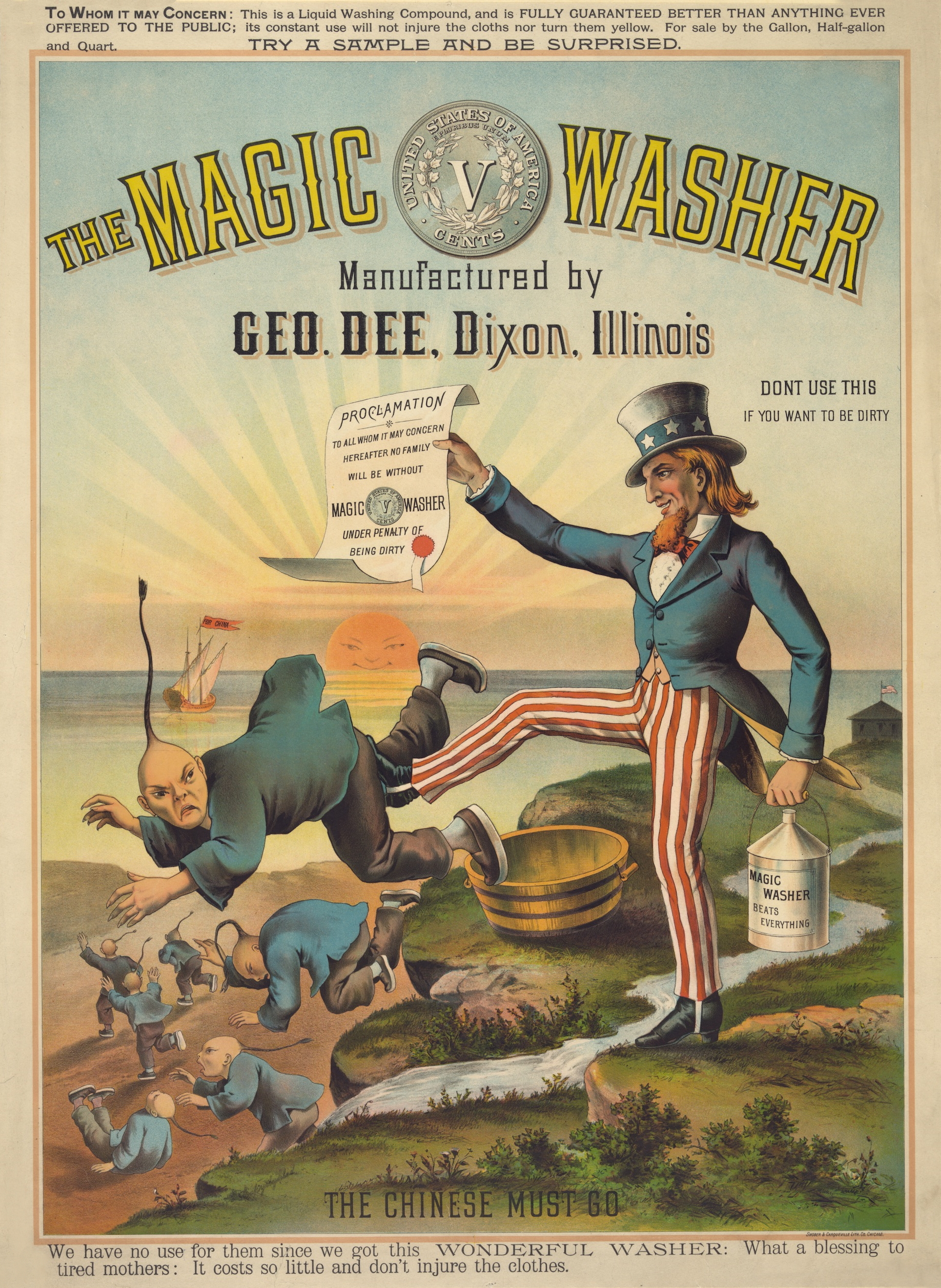6.2 Westward Expansion: Economic Development
3 min read•january 13, 2023
Robby May
Ashley Rossi
AP US History 🇺🇸
454 resourcesSee Units
After the Civil War, government funding for transportation and communication systems helped connect the various regions of the nation and create new markets. Republicans returned to Henry Clay’s American system and used federal funds to create the Transcontinental Railroad. The railroad boom 🛤️ forever linked regional areas of the country and was a significant factor in “opening the West” to capitalist development.
🎥 Watch: AP US History - Conquest of the West
Mining Frontier
Mining was the first important magnet to attract people to the West. Many hoped to strike it rich in gold and silver. The California Gold Rush of 1848 began the mining boom. Mining became expensive, far beyond the reach of the average miner so large corporations moved in to dig the deep shafts and finance the costly equipment.
Rich strikes created boomtowns overnights; towns that became infamous for saloons, dance hall girls, and vigilante justice. Many of these towns would become ghost towns within a few years after the gold or silver ran out.
Chinese Exclusion Act

Image Courtesy of Wikimedia
As the mines developed, mining companies employed experienced miners from Europe, Latin America, and China. In most camps, ¼ to ½ of the population was foreign born. Congress passed the Chinese Exclusion Act of 1882, suspending immigration of Chinese laborers for 10 years (although it would be extended and not ended until 1943). It was the first major act of Congress to restrict immigration on the basis of race and nationality.
Agricultural Frontier
The Homestead Act of 1862 encouraged farming on the Great Plains by offering 160 acres of public land free to any family that settled on it for a period of 5 years. Many moved west and took advantage of this act.
Earlier innovations such as the McCormick reaper and cotton gin led to greater agricultural production 🚜 with relatively fewer workers. New innovations including barbed wire and the refrigerated railroad car further boosted the productivity of Western settlers’ farms and ranches. 🐄
However, the more there is of something, the less it is worth. Increased productivity led to less income for farmers, and many farmers began to see large corporations (banks, railroads, etc.) as the enemy. They saw many government policies benefiting large corporations, but not them.
Cattle Frontier
Cattle ranching dominated the open range, a vast fenceless area extending from the Texas Panhandle north into Canada. The problem was getting beef to eastern markets. Joseph McCoy solved the problem, conceiving the idea of taking the cattle to the railheads in Kansas.
He built the first stockyards in the region in Abilene, Kansas, to hold cattle destined for Chicago. In 1870, 300,000 head of Texas cattle reached Abilene, followed the next year by 700,000. Cowboys pushed steers northward in herds of two to three thousand. While novels and films portray them as white, at least ¼ were black and another ¼ Mexican.
Grange Movement
Grange movements formed to provide a sense of community among farmers and to organize resistance. These groups were typically local cooperatives that encouraged farmers to unite and better their communities.
From these movements, the Farmers’ Alliance was founded after the Panic of 1873 and grew to be one of the largest farmers’ groups ever.
This group organized cooperatives to buy supplies for less and sell goods collectively. They also provided loans to farmers and asked for government support in stabilizing the agricultural economy.
Ocala Platform
Many farmers’ alliances were politically minded and lobbied state legislatures for regulations on railroad rates.
In 1890, several farmers’ alliances met in Ocala, FL to discuss a few common political initiatives. There, they established the Ocala Platform, which called for the following:
- Direct election of US senators
- Lower tariff rates
- A gradual income tax (people with higher incomes would pay higher rates of tax)
- A new banking system regulated by the federal government.
- It also urged the free coinage of silver ⛓, and increase its use in circulation to create inflation and raise crop prices.
- Federal storage for farmers crops and federal loans, which would free farmers from dependency on middlemen and creditors.
These issues (and the government’s failure to address them) eventually led to the foundation of the Populist Party (or the People’s Party) in 1892
🎥 Watch: AP US History - Populism
Browse Study Guides By Unit
🌽Unit 1 – Interactions North America, 1491-1607
🦃Unit 2 – Colonial Society, 1607-1754
🔫Unit 3 – Conflict & American Independence, 1754-1800
🐎Unit 4 – American Expansion, 1800-1848
💣Unit 5 – Civil War & Reconstruction, 1848-1877
🚂Unit 6 – Industrialization & the Gilded Age, 1865-1898
🌎Unit 7 – Conflict in the Early 20th Century, 1890-1945
🥶Unit 8 – The Postwar Period & Cold War, 1945-1980
📲Unit 9 – Entering Into the 21st Century, 1980-Present
🚀Thematic Guides
🧐Multiple Choice Questions (MCQ)
📋Short Answer Questions (SAQ)
📝Long Essay Questions (LEQ)
📑Document Based Questions (DBQ)
📆Big Reviews: Finals & Exam Prep
✍️Exam Skills (MC, SAQ, LEQ, DBQ)

Fiveable
Resources
© 2023 Fiveable Inc. All rights reserved.